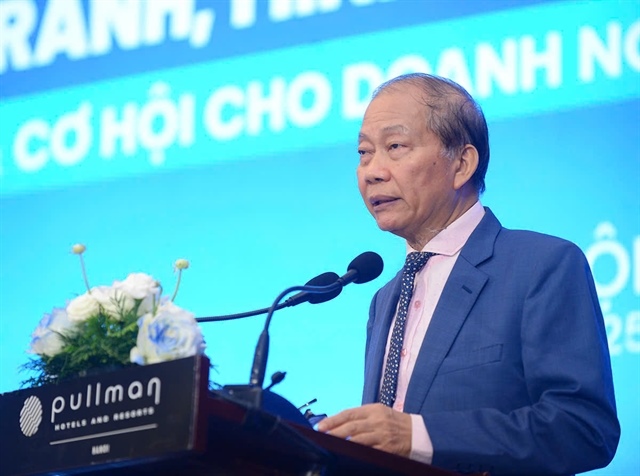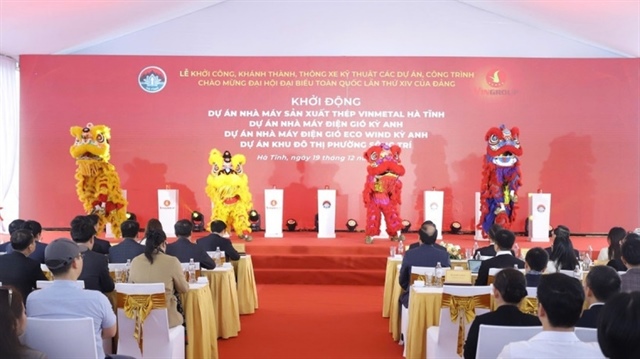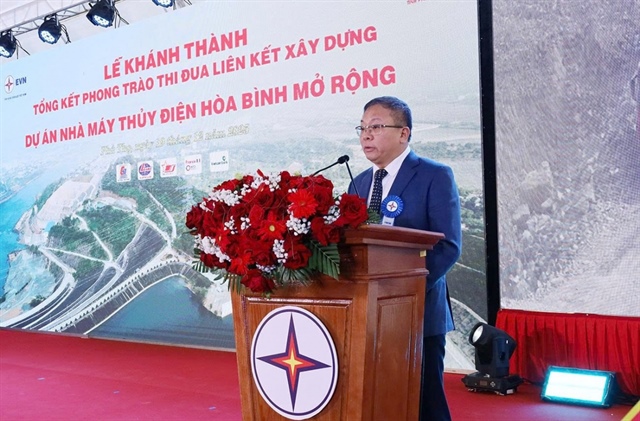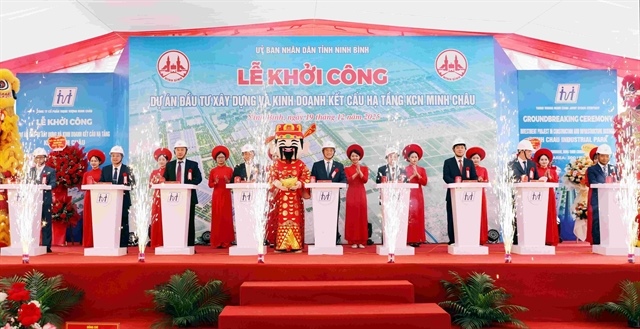VSIP co-chairman: a vision turned symbol
VSIP co-chairman: a vision turned symbol
Nguyen Van Hung is chairman and CEO of Becamex IDC, a leading name in the development of industrial, residential, urban, and transportation infrastructure in Vietnam. As co-chairman of VSIP Group, a landmark Singaporean joint venture, Hung is a passionate believer in enhancing Vietnam’s industrial development and business competitiveness through foreign investment.

Hung told VIR’s Ha Buu about the joint venture’s two-decade journey to establish the first-of-a-kind industrial park in Vietnam, ushering in new businesses and sectors, and providing products and services on par with international standards.
What are the remarkable achievements along VSIP’s journey over the past 20 years?
Our vision when establishing VSIP was to channel foreign investment into Vietnam and to create a robust foundation for this investment in the form of infrastructure facilities for businesses as they set up in the country. We recognise that this vision was ambitious in its breadth and scale as we combined land development and optimisation with world-class infrastructure offerings, a talented team, service framework, as well as community integration and welfare. Today, it fills me with pride looking back on all that we have delivered.
VSIP has pioneered organisational and operational management, being the first industrial park to have a dedicated management board which works closely with investors to provide timely support and helps them overcome their challenges.
VSIP has also successfully applied valuable experience from our Singaporean partners towards planning and attracting international and domestic investment for industrial development. We have also developed and implemented an international marketing strategy, while growing talent to cater for the needs of investors from diverse countries. Today, VSIP has attracted investment from more than 30 nations.
We can see that VSIP has made significant contribution to the development of the provinces where you operate. But how do you evaluate the current potential for socioeconomic growth in Vietnam, and how does VSIP work to tap into this potential?
Vietnam has a long way to go before catching up to neighbours like Thailand in terms of urbanisation, per capita income, and the of the manufacturing base. 70 per cent of the Vietnamese population still lives in rural areas with agriculture as a predominant profession, and we are slowly witnessing a growth of urbanization in line with the rise of the middle class and growing aspirations. Approximately 42 per cent of Vietnam’s population is under the age of 25, with more and more youngsters willing to move to bigger cities.
In terms of foreign direct investment in 2016, newcomers accounted for over 70 per cent of the total FDI volume in the manufacturing sector, which shows strong indication that Vietnam is indeed being looked at as the new manufacturing hub in Asia.
VSIP has also been an enabler to unlocking the economic potential of its host provinces, bringing a wide range of benefits across Binh Duong, Bac Ninh, Haiphong, Hai Duong, Nghe An, and Quang Ngai.
Binh Duong is a great example to demonstrate how VSIP can contribute to the growth of Vietnam at large. We have been a key partner in Binh Duong’s transformation from a predominantly agricultural setup (the agricultural sector accounted for 97 per cent of the economic output) in 1996 to a thriving industrial province today. The economic structure of Binh Duong witnessed a spectacular reversal, with the industrial and services sectors today playing a major role and accounting for 97 per cent of the province’s economic output.
We hope to replicate this growth across Vietnam in the coming years by supporting industrial activities and contributing to rising the overall development initiative.
Moving forward, what are VSIP’s plans to keep the development momentum, while meeting investment trends and the needs of investors?
In addition to creating world-class facilities, we also aim to build self-contained facilities to serve the needs of companies operating within them. VSIP is a customer-oriented company. We serve the needs of our tenants. Today, companies expect more from their operating spaces, what with advanced infrastructure and specialist skills playing a bigger role.
In terms of maintaining our momentum towards attracting investment to Vietnam, we recognise that investor confidence towards doing business in Vietnam has improved, and we welcome this sentiment.
Ultimately, our focus is to redefine the existing supply chain model to help businesses fully capitalise on VSIP, including growing supporting industry sectors, improving logistics processes, and facilitating the exchange of goods and supply of raw materials. VSIP is therefore exploring innovation hubs for Vietnam. We believe that Vietnam can embrace greater sophistication that foreign investors expected from industrial facilities, and look forward to the government’s support to prepare Vietnamese talent in terms of education and skills development.
You have showed confidence in VSIP as a successful symbol of Vietnamese-Singaporean partnership, but how do you assess support from the two governments?
From the early days, VSIP has been benefiting from firm support and deep interest from both the Vietnamese and Singaporean governments. The ambition was to develop a community-based industrial park model which met international standards and was sustainable at the same time.
We are proud that VSIP is now a symbol of the strong bilateral relationship between Vietnam and Singapore, our partnership over the past twenty years and that we play a role in further cementing this relationship. Governments and businesses now understand Vietnam as a market better and we benefit from the invaluable knowledge-transfer from our Singaporean partners.




















